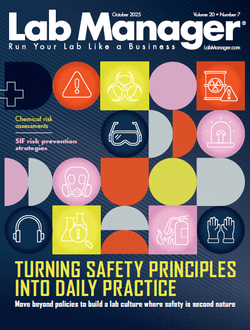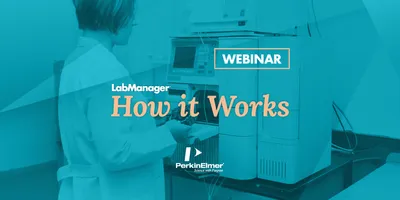What are some of the barriers to change and how can they be overcome?
Not invented here syndrome
The "not invented here" syndrome leads to laboratories ignoring answers to their problems developed elsewhere and instead focusing on developing their own solutions. As a result, the rate of new product and new process introduction are slower. Laboratories cannot afford this when their competitors are turning to open innovation to import ideas and technologies developed in other organizations.
The solution to the "not invented here syndrome" is to promote looking outside the laboratory for solutions to problems and challenges. The employee reward system must be changed to reward staff members who import solutions to problems that save the laboratory money and development time as well as rewarding those who develop solutions internally. Staff members may need to learn how to work more closely with information scientists to search the outside world for technology and solutions to problems. They may need to better understand the processes of patenting and licensing technology.
Better focus staff members' efforts
It has become a badge of honor to multitask and have crowded calendars. Many managers would benefit by applying the Pareto Principle to time management. Also called the 80/20 Rule, the Pareto Principle states that you should focus 80% of your efforts, and those of your staff, on the things that really matter: the projects and activities that will make a major difference in the results the laboratory contributes to the organization.
Another way to state the Pareto Rule is, "Don't just 'work smart,' work smart on the right things. One way to do so is to follow the practice of cascading goals. This means making sure that the goals of every level of the organization are aligned with the overall goals of the organization. For example, the overall organizational goal might be to increase sales by 5% annually while maintaining profit margins. For the laboratory, this means devoting the appropriate amount of effort to the projects most likely to achieve this goal. The lab manager must assign staff members to these projects and work with them to be sure their individual goals are aligned with this overall objective and help to achieve it.
Communicate commitment and engagement
Cascading goals help staff members understand how their personal workplace goals contribute to the organization. This promotes commitment and engagement resulting in greater productivity and high morale. Managers should promote commitment and engage staff members by "walking the talk" and practicing what they preach.
Provide your staff members with the information they need to commit to the goals of the organization. Develop a system of rewards, both monetary and non-monetary, to promote commitment and engagement.
Make the lab a happy place
People who enjoy their work are more productive. It was Walt Disney who said, "It's kind of fun to do the impossible." Enjoy your own work and communicate this to your staff members. Encourage them to do the same.
Management policies can contribute to this sense of enjoyment. These policies can include award programs to recognize team and individual achievement. However, management policies can go beyond this. For example, when Shell instituted a policy that gave U.S. employees the option to take alternative Fridays off, the result was an improvement in lab morale. Some lab staff members used Fridays to achieve a more appropriate balance between their work and personal lives. Others used the time to pursue special projects and professional society activities they would otherwise not have had the time for.








